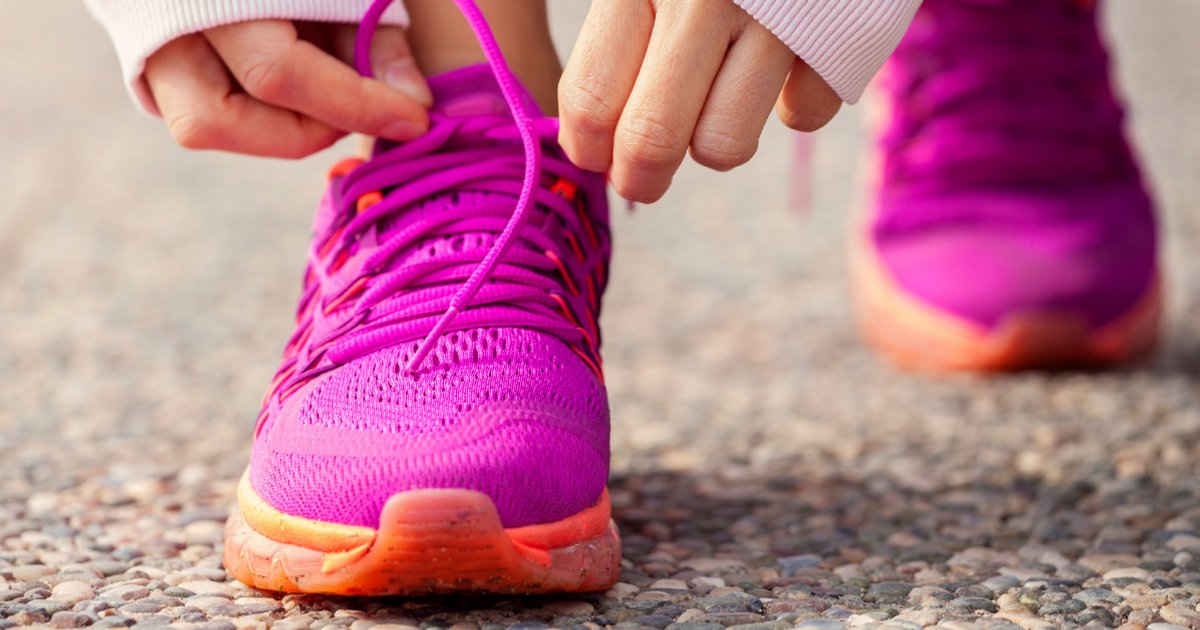Best exercise shoes for women, according to a podiatrist.
Like so many others, I walk (and try to run) more than ever.
My morning walk is the highlight of my day and checking my step count has become second nature. But even though I have the new workout gear (an obvious lockdown purchase), I don’t own the right pair of shoes.
Side note… these characters would own the pandemic. Posting continues after the video.
As I learned recently, different types of exercise require different pairs of shoes.
So, to determine what would be best for walking, running, or weight training, I spoke to podiatrist Sarah Sweeney, of Sarah Sweeney Podiatry in Queensland, to understand what I need to know before investing in a new pair of sneakers.
When shopping for new exercise shoes, what are the first things you should consider?
As Sarah explained, there are a few things you should keep in mind before purchasing a new pair of kicks.
First of all, you need to think about the type of exercise you are doing, whether it is walking, running, or working out in a gym. Next, look at some brands approved by podiatrists.
“I would only exercise with good quality shoes, specifically designed for my type of exercise. The brands I generally stick to are New Balance, Brookes, Asics, Mizuno and potentially Hokka,†he said. she declared.
Sarah also has a list of things you should watch out for when trying on shoes:
- A nice firm heel counter.
- Laces.
- You want a lot of cushioning.
- Good tread.
- Check that you cannot twist the shoe in the middle of the foot.
- Check that the forefoot does not bend backward more than 45 degrees.
- Check that the shoe folds up in the forefoot and not in the midfoot.
Why is it important to have different exercise shoes for different types of training?
“Different types of training place different demands on your feet and your lower limbs,†Sarah explained.
“For example, when you walk your feet typically go from heel to toe, your feet absorb about one to two times your body weight, and your weight is distributed more evenly than when you run.
“While running, however, we see a lot more excessive movement with your feet,†she said.
“Your muscles and tendons are working harder to stabilize you, your feet absorb about two to three times your body weight, and there are times when both feet are not on the ground. [So] there is a lot more impact.
“Some sports like netball for example, really require a specific shoe for that outward lateral support in order to avoid sprains,†Sarah added.
What characteristics differentiate training shoes from running or walking shoes?
If you’ve been walking or running in training shoes (like me, oops), maybe think again, because they aren’t designed for long distances.
“Training shoes usually have extra ankle support and they allow forward and lateral movement for this type of high agility training,†Sarah explained.


Comments are closed.